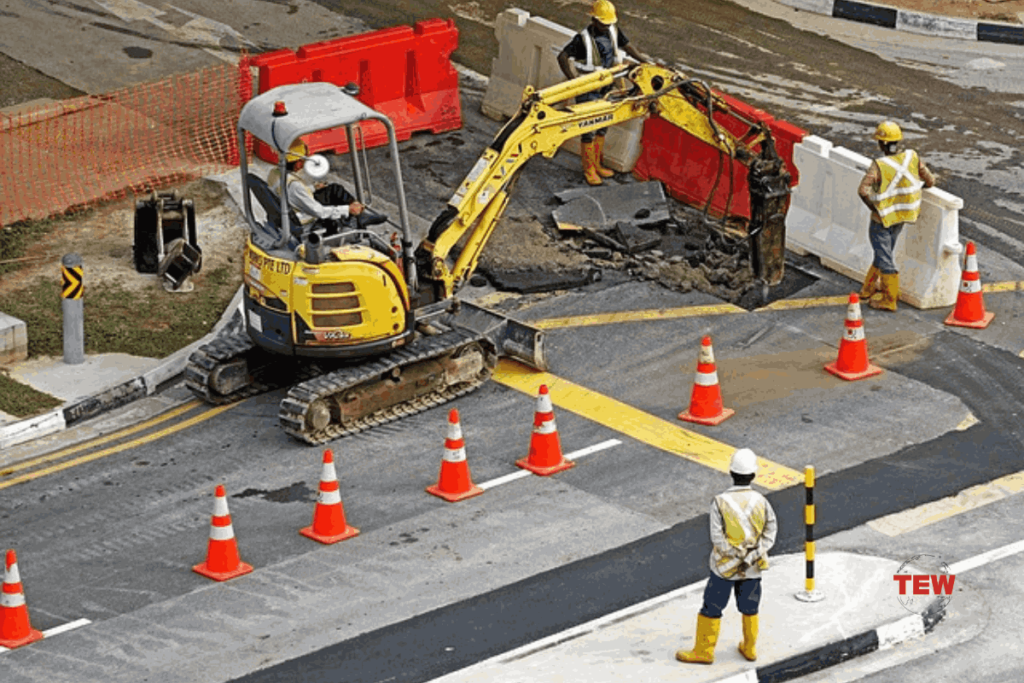The importance of road infrastructure to the UK cannot be overstated. The institution of smooth road networks to enable the flow of goods, services and above all people between major economic centres and across the rural landscape has been one of the great success stories of the modern era. According to recent data from the Department for Transport, the UK is estimated to have around 247,500 miles of road in total, nearly 32,000 of which are motorways and A roads.
Just as the UK’s roads are instrumental to the running of everyday society, so too is their constant upkeep – through fresh design and construction. For those new to the concept of road engineering, what are some of the key principles behind new road construction?
3 Key Principles: New Road Construction
1. Design and ‘Setting-Out’
First, it is important to understand the building blocks of a new road construction project. A design proposal for the road is created according to the needs of the client or council, and with close reference to the topography of the area. Geometric design accounts for difficulties posed by the environment – both natural and manmade – as well as the ancillary functions of the road and its substrate.
Next, the road is ‘set out’ on the site where it will be constructed. Setting-out is the process of laying out the road’s footprint for excavators and engineers to follow over the course of the project. Profile boards are suspended periodically along the road route one metre above the finished height of the road – delineating both boundaries and ultimate excavation depth necessary.
2. Essential Equipment
The construction process for a road can be complex and time-consuming, depending on the nature and design of the road. The vast majority of roads require large-scale industrial machinery to remove earth and place new road construction materials – more on which shortly.
Engineers and contractors also require use of powered hand tools; DeWalt tools are a common fixture in road construction, with angle grinders used to interact with the rebar in reinforced concrete sidings, and circular saws used to carve into set asphalt.

3. Construction Methods
There are various approaches to the building of a road, dependent on the design of the road. Rural fire roads, for example, are lightly cleared and created through the spreading of crushed gravel. Meanwhile, major motorway infrastructure requires significant earthworks and the creation of several bespoke layers for road integrity, drainage and safety.
Earthworks is the creation of the road’s footprint proper through the building of a solid foundation. This is completed through the use of large-scale machinery in the form of bulldozers and diggers. Different methods are used relating to the material composition of the road’s next layers, with the quintessential finish found on the vast majority of publicly accessible roads being a bituminous layer compacted by a road roller.
Construction is a critical process. And as roads belong to public infrastructure, the basic principles must be followed.


















